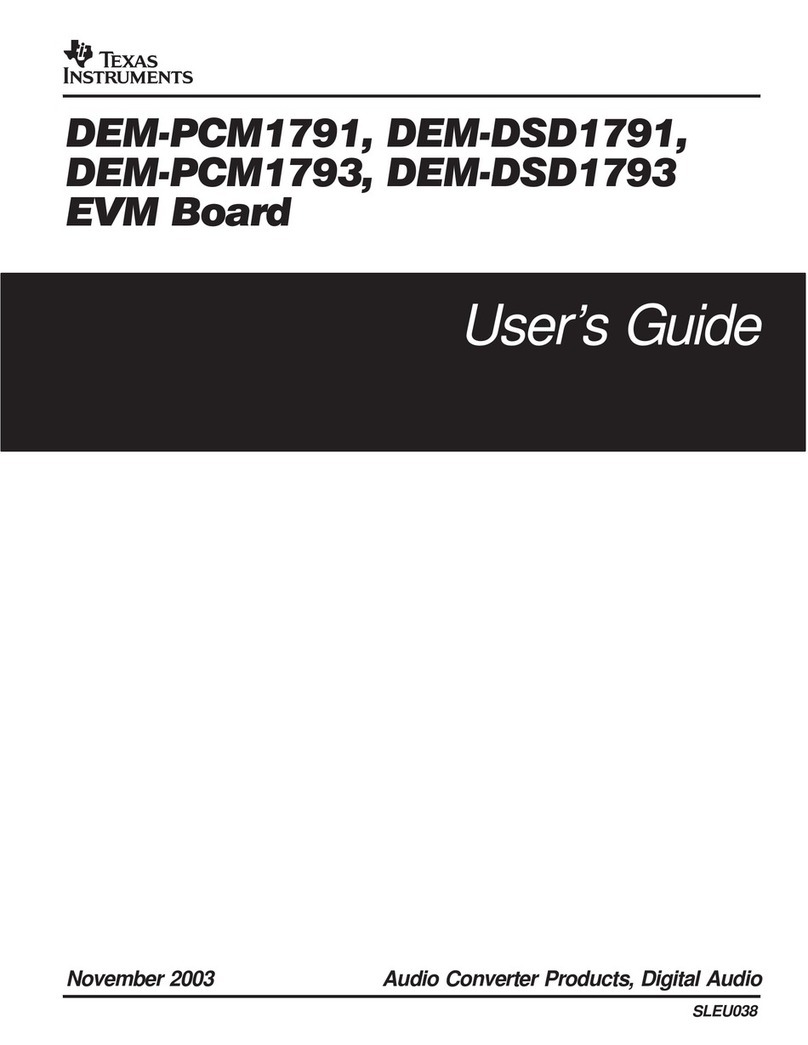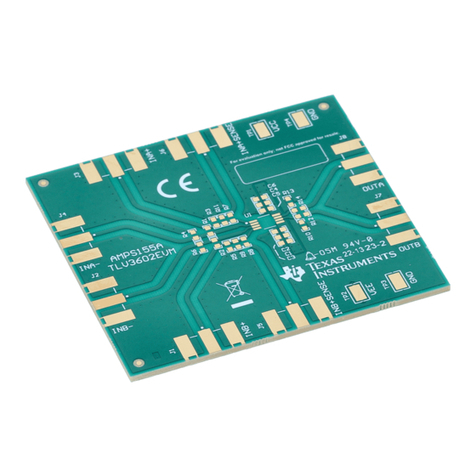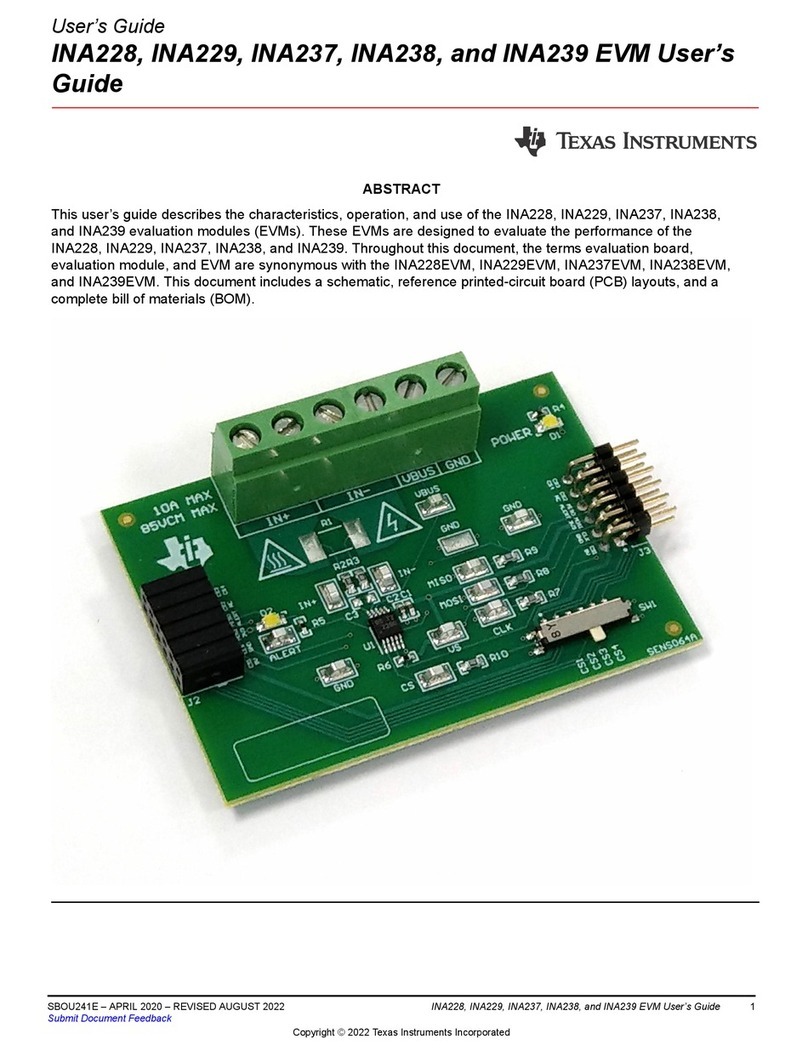Texas Instruments TPS71401DRVEVM-426 User manual
Other Texas Instruments Motherboard manuals
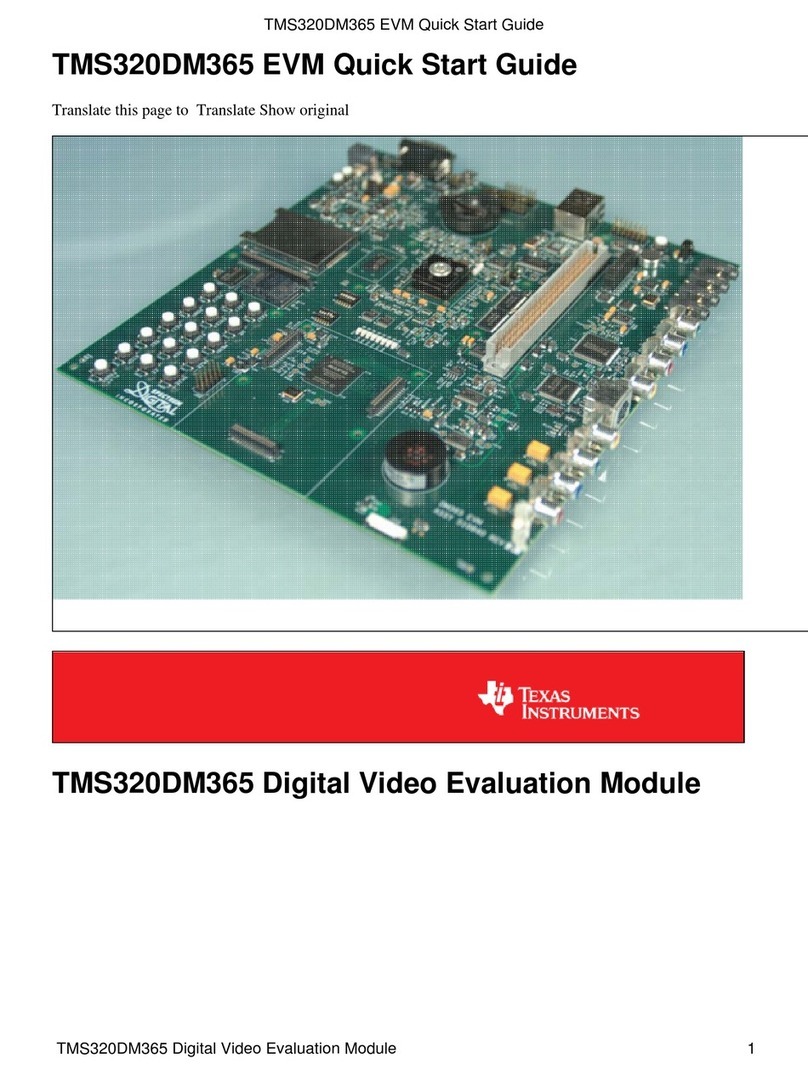
Texas Instruments
Texas Instruments TMS320DM365 EVM User manual
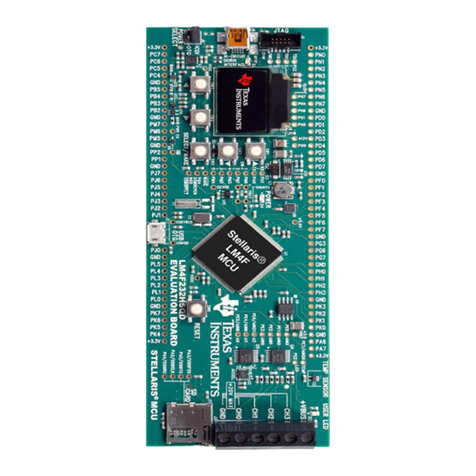
Texas Instruments
Texas Instruments EK-LM4F232 User manual

Texas Instruments
Texas Instruments TPS382-Q1EVM User manual
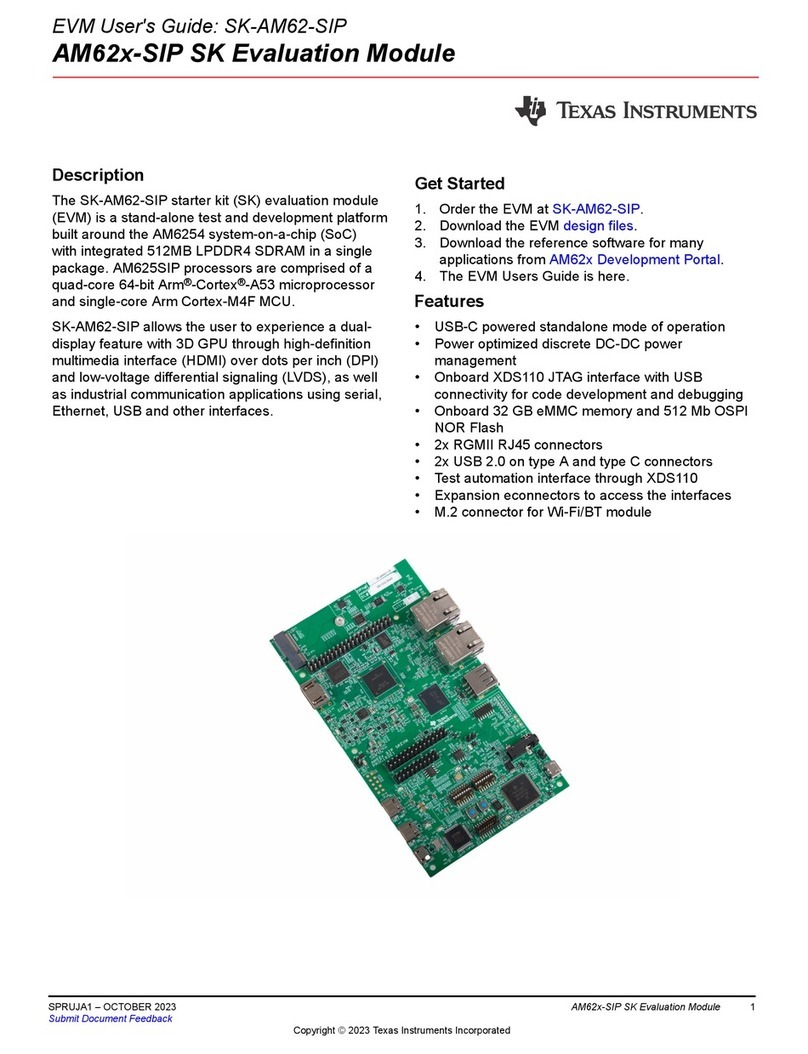
Texas Instruments
Texas Instruments AM62-SIP SK Series User manual
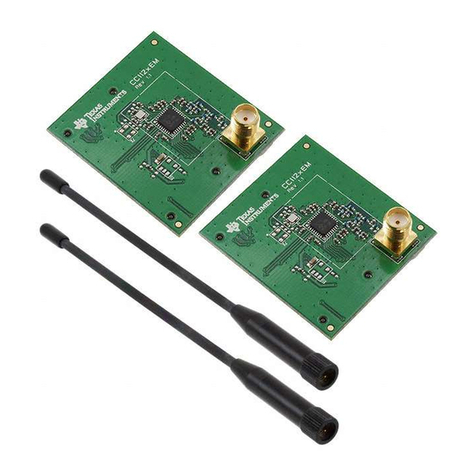
Texas Instruments
Texas Instruments CC112 Series User manual

Texas Instruments
Texas Instruments TLV751-EVM User manual
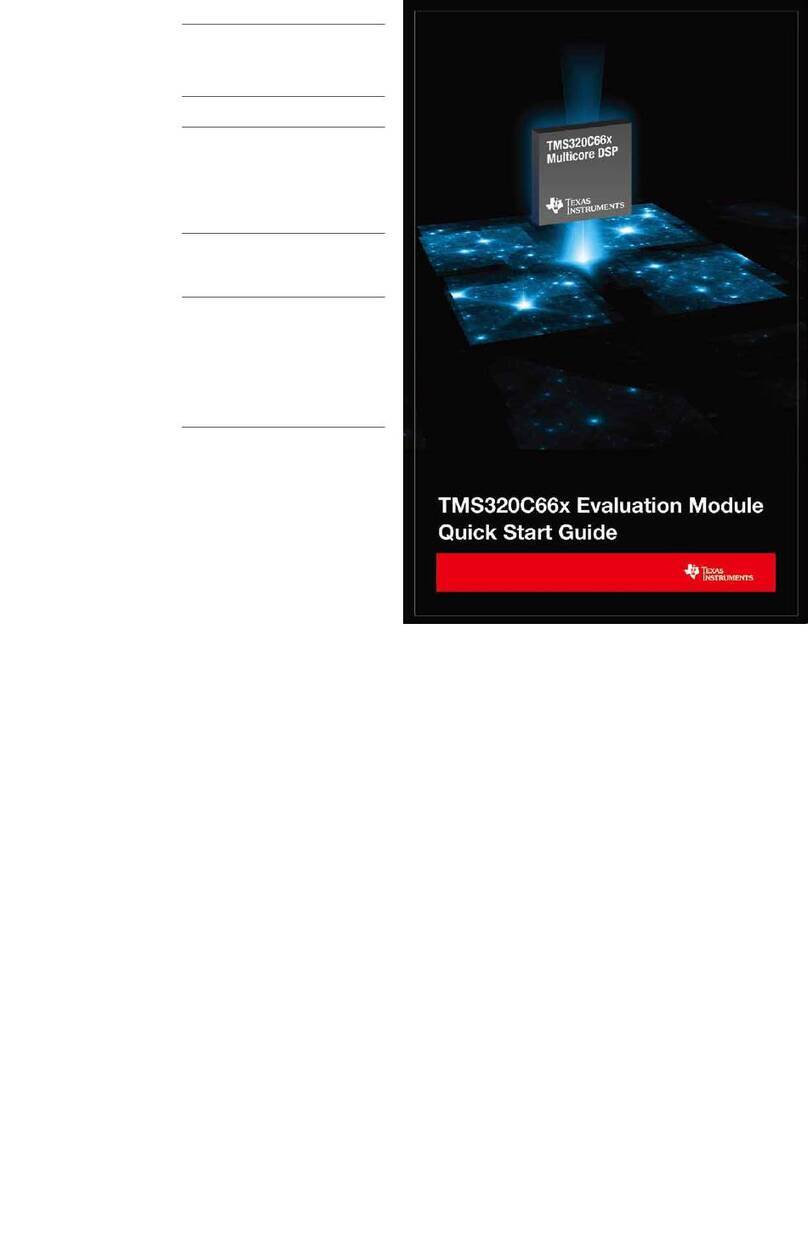
Texas Instruments
Texas Instruments TMS320C6670 User manual
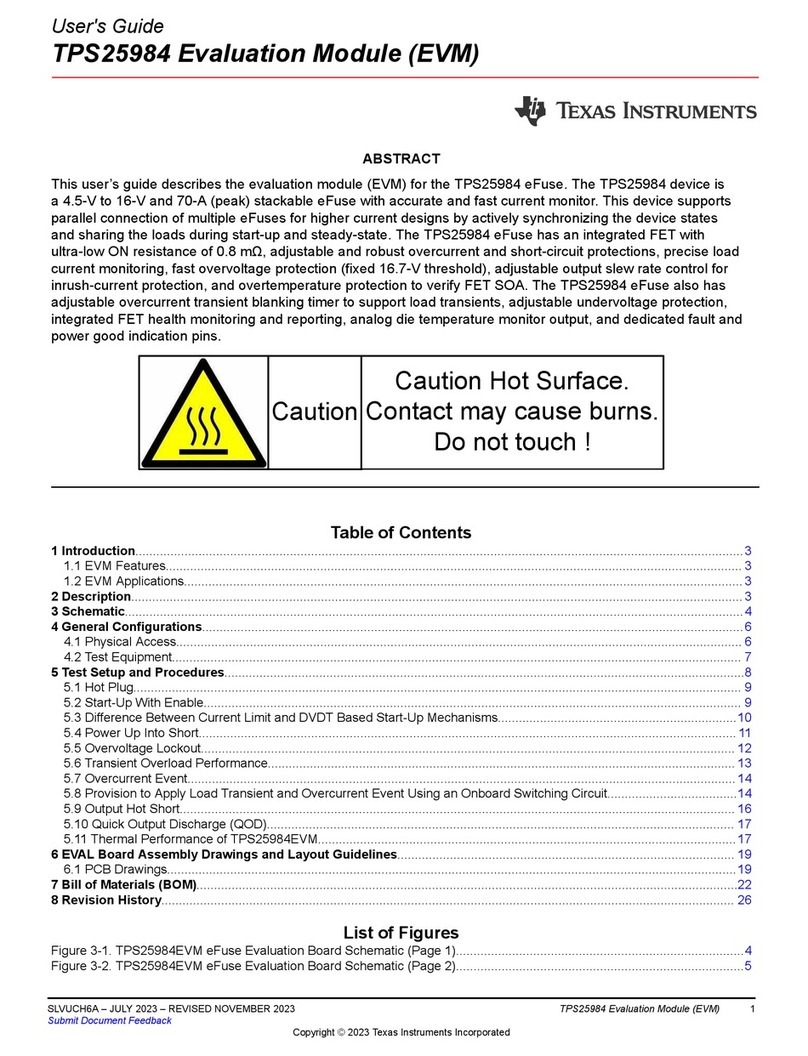
Texas Instruments
Texas Instruments TPS25984 User manual
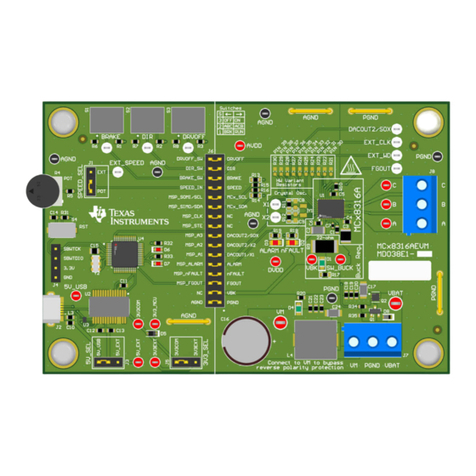
Texas Instruments
Texas Instruments MCT8316A Quick start guide
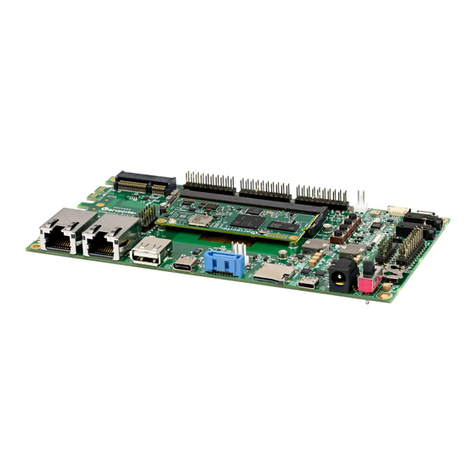
Texas Instruments
Texas Instruments Variscite VAR-SOM-AM62 User manual
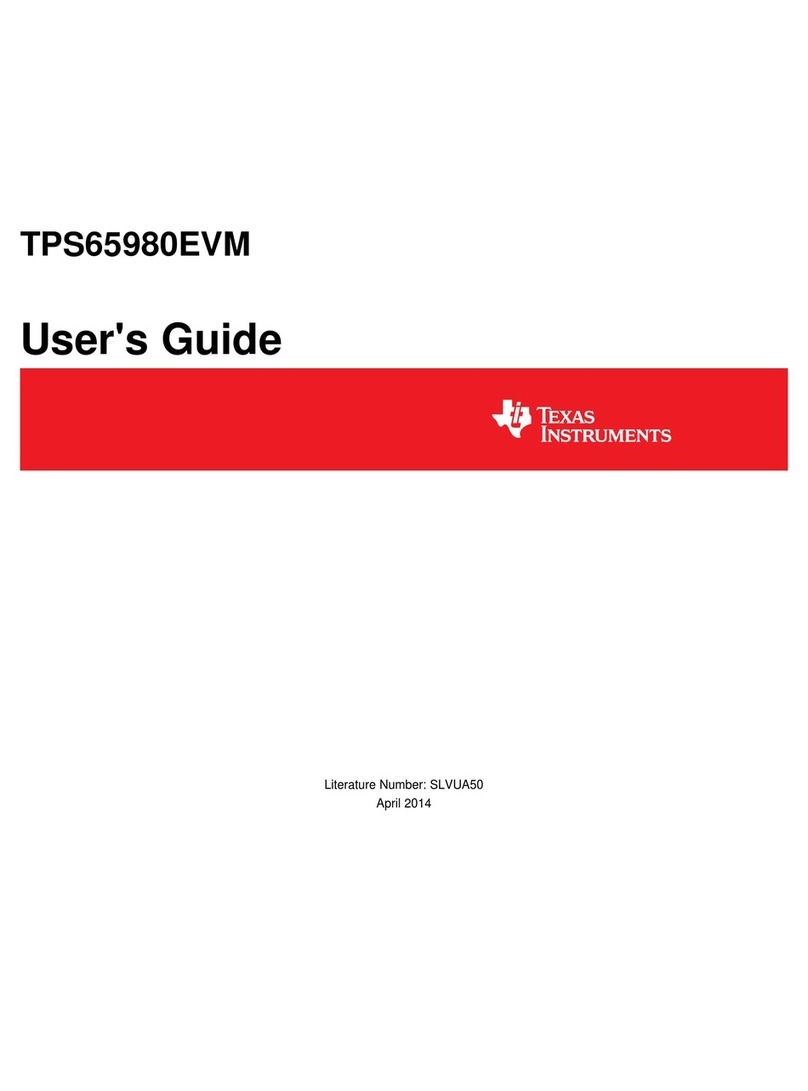
Texas Instruments
Texas Instruments TPS65980EVM User manual
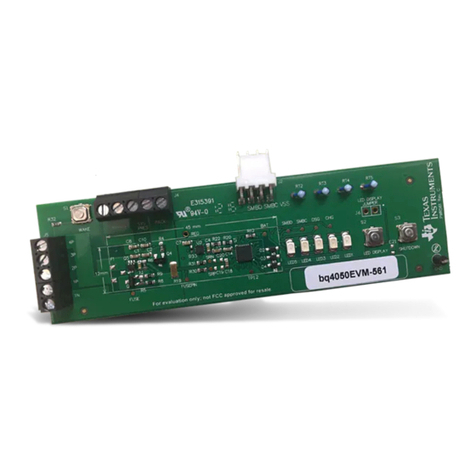
Texas Instruments
Texas Instruments bq4050EVM-561 User manual
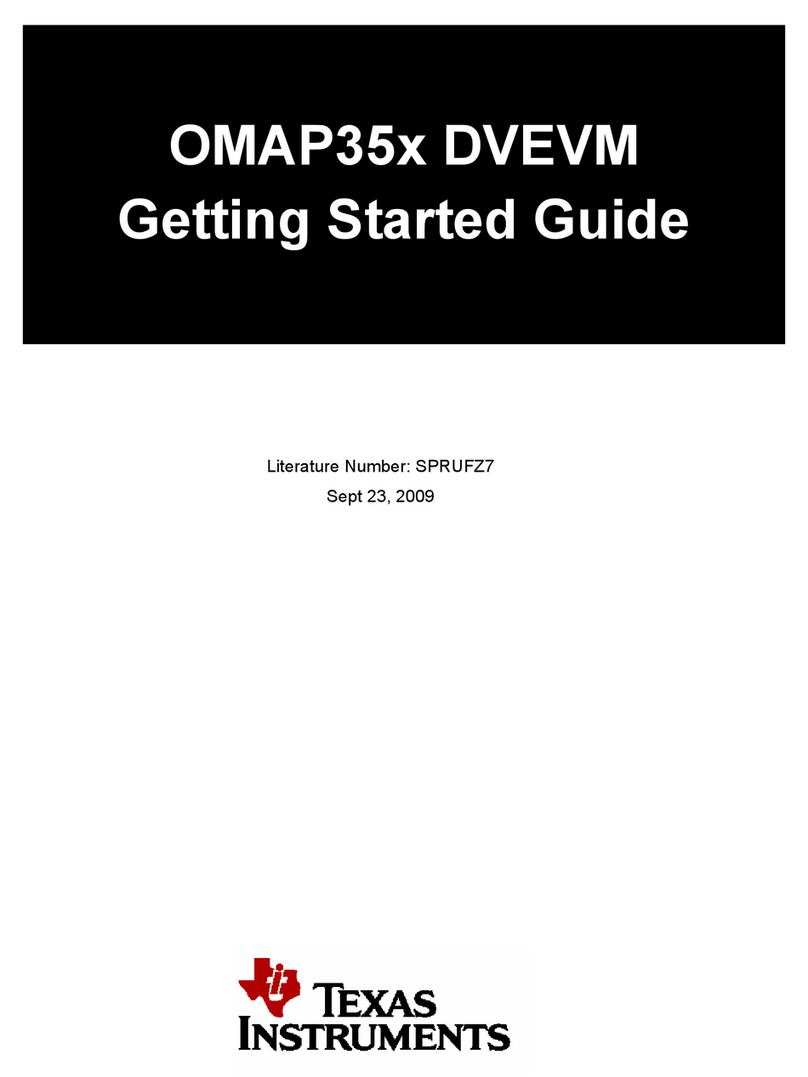
Texas Instruments
Texas Instruments OMAP35 Series User manual
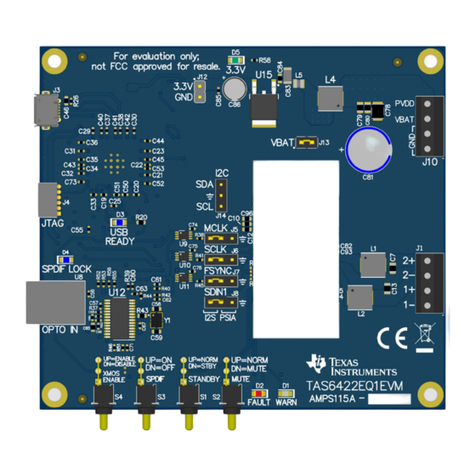
Texas Instruments
Texas Instruments TAS6422E-Q1 User manual
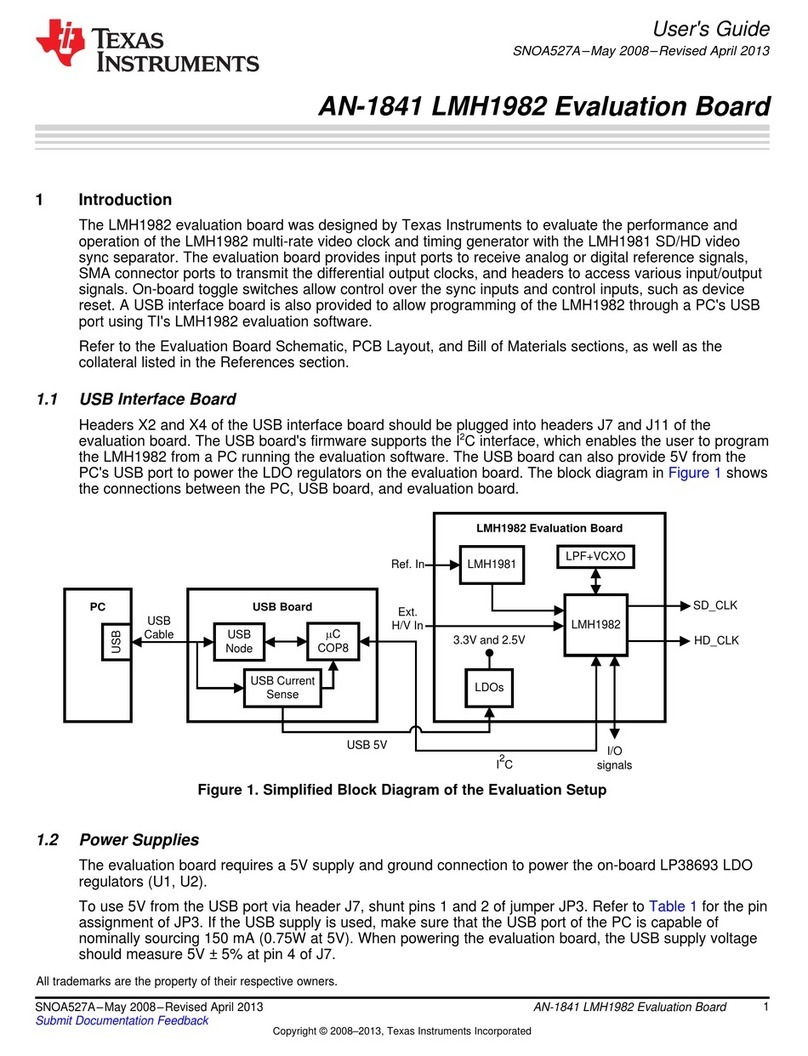
Texas Instruments
Texas Instruments LMH1982 User manual

Texas Instruments
Texas Instruments TPS61042EVM-226 User manual
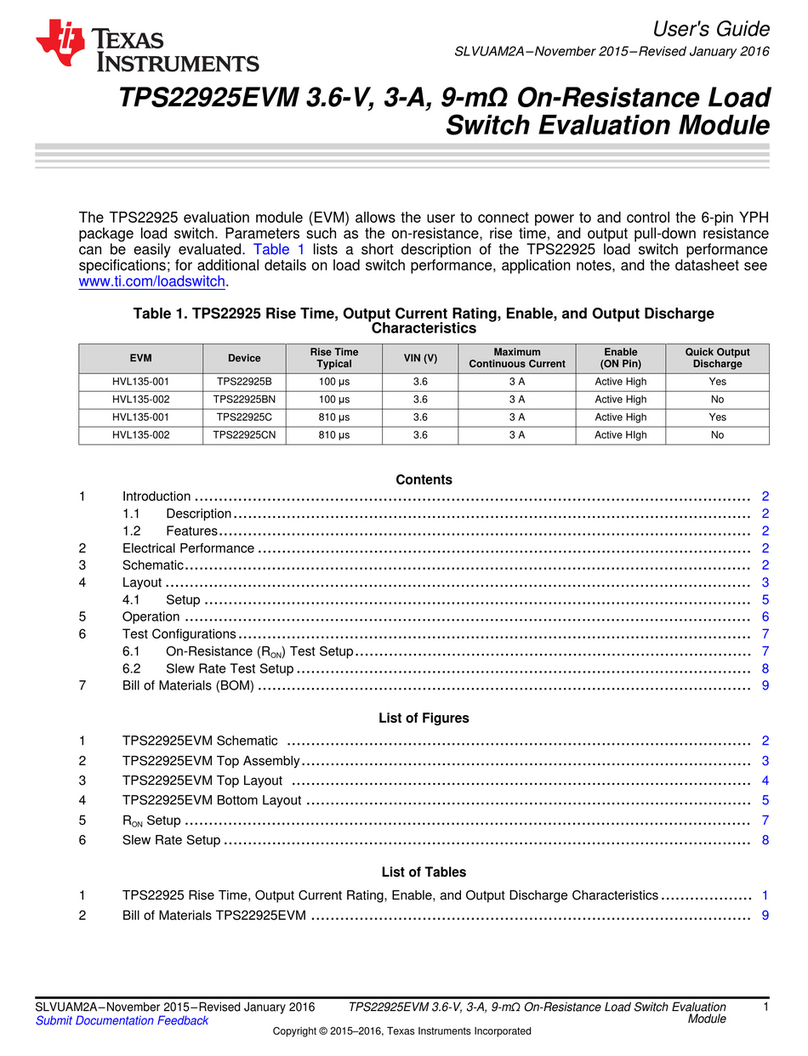
Texas Instruments
Texas Instruments TPS22925EVM User manual
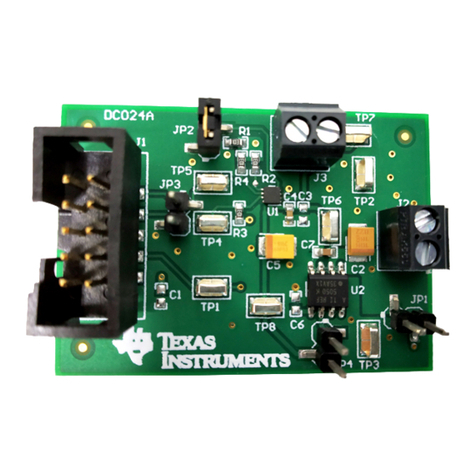
Texas Instruments
Texas Instruments DAC80501EVM User manual
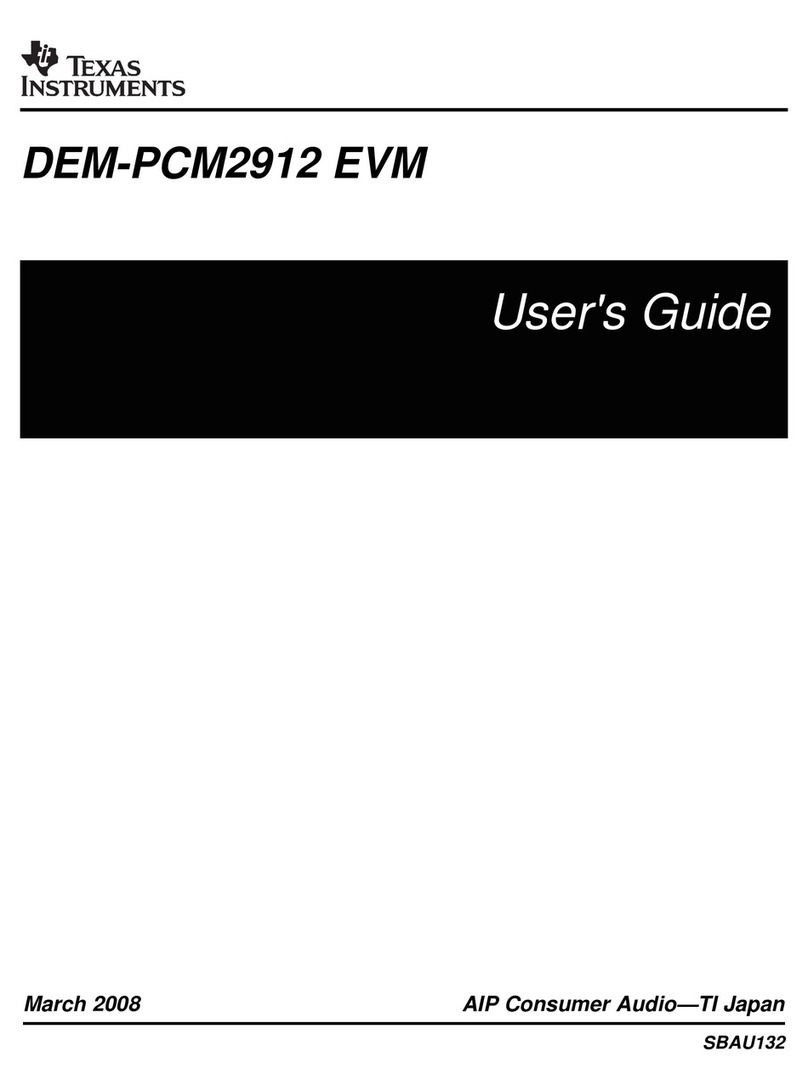
Texas Instruments
Texas Instruments DEM-PCM2912 EVM User manual

Texas Instruments
Texas Instruments TMAG5123EVM User manual
